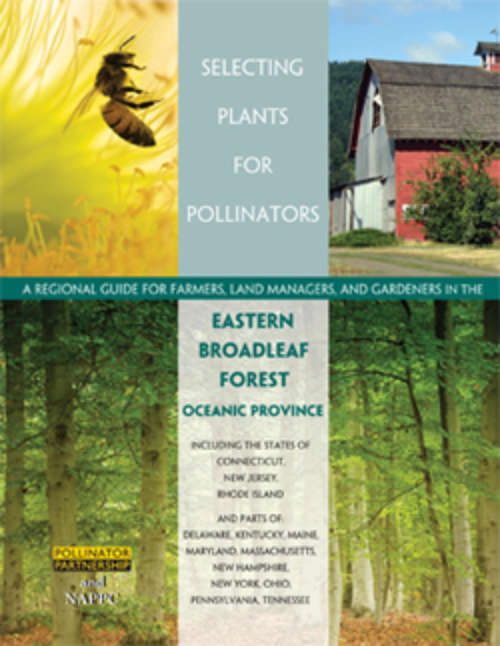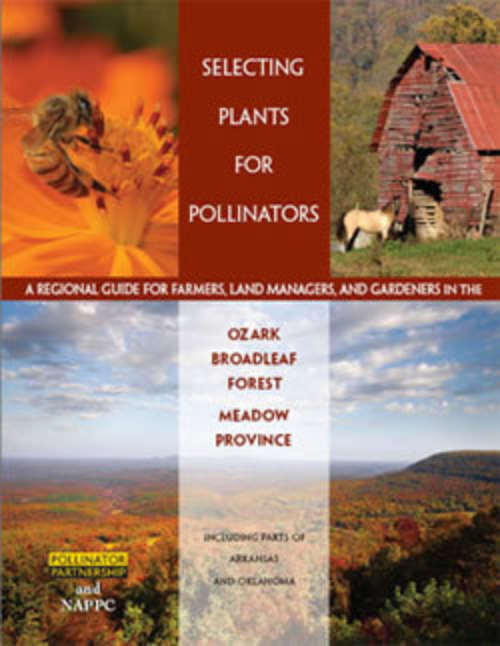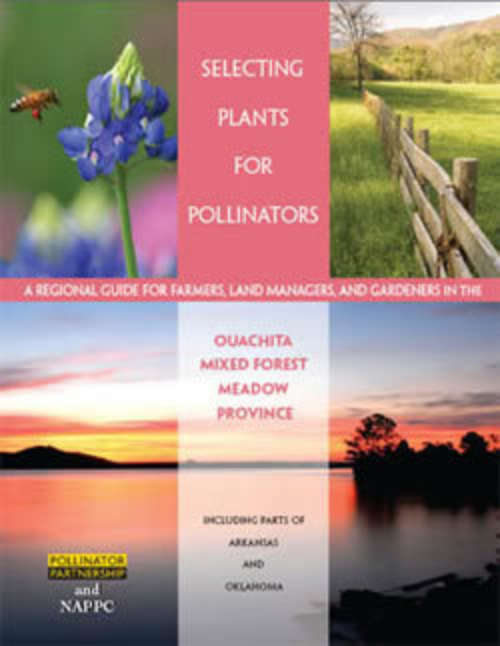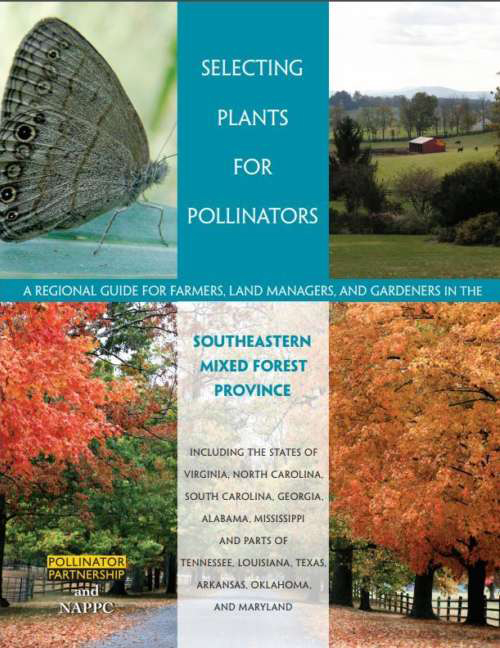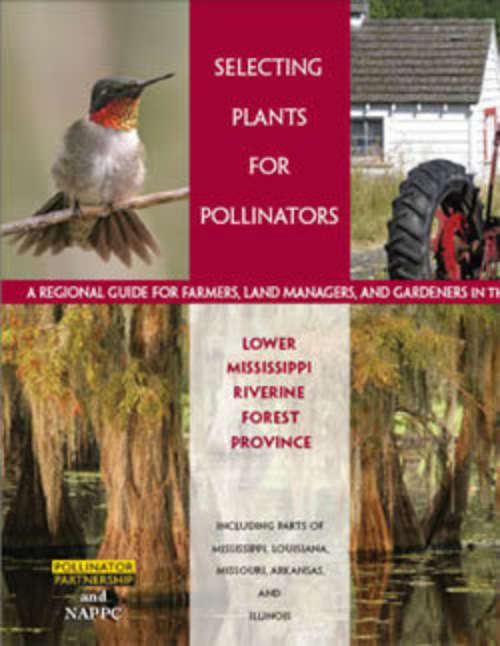Contact
Assistant Professor of Apiculture & Urban Entomology
Phone: 501-671-2222
Fax: 501-671-2252
Email: jzawislak@uada.edu
Web: uaex.uada.edu/bees
University of Arkansas System
Division of Agriculture
Cooperative Extension Service
2601 N. Young Ave.
Fayetteville, AR 72704
Honey Bee-Friendly Plants and Flowers
Beekeepers often ask, "What can I plant for my bees?" Unfortunately the answer is "Not enough!"
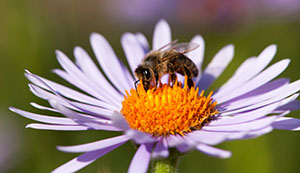
- Honey bees are generalist feeders, and will visit most any type of flower that rewards them with nectar and/or pollen.
- A single bee colony may forage as far as 3 miles away from its hive for food, giving a colony a potential territory of more than 28 square miles, or a little over 18,000 acres.
- Because honey bees cover such a vast area in search of food, it is rarely economical trying to plant an area to improve one's honey flow unless the beekeeper is also growing a commercial crop.
- Many wild and cultivated plants are extremely attractive to honey bees.
- Bees will scout the territory around their hives and report back to their nest mates
where the best floral sources can be found.
Recent research shows what plants honey bees prefer in Arkansas
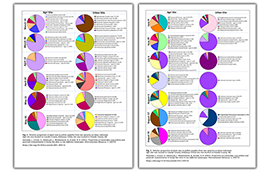 Using special devices to collect pollen directly from foraging honey bees returning
to their hives, Arkansas researchers were able to tell exactly what plants these bees
were visiting on different dates throughout a whole season, as well as determine what
pesticide residues may be present in bee pollen diets. Two locations were sampled.
One apiary was located in the middle of agricultural production in Lonoke County,
while the other was located near an urban area in Pulaski County.
Using special devices to collect pollen directly from foraging honey bees returning
to their hives, Arkansas researchers were able to tell exactly what plants these bees
were visiting on different dates throughout a whole season, as well as determine what
pesticide residues may be present in bee pollen diets. Two locations were sampled.
One apiary was located in the middle of agricultural production in Lonoke County,
while the other was located near an urban area in Pulaski County.
Figures 2 and 3 of the published study on pollen collection show which plants were most attractive to pollen-foragers on each date. Surprisingly, bees collected very little pollen from the crop plants in the agricultural area, despite their prominence in the landscape. Bees may have visited different plants for nectar, however, because nectar and pollen foraging are separate specialized jobs for honey bees.
For more detailed information about the method and a discussion of the full results,
you can explore the full text of the published study:
Zawislak, Jon, et al. "Proportion of commodity crop pollens and pesticide contamination
in honey bee diets in two different landscapes." Environmental Advances 5 (2021): 100116.
Plant families attractive to honey bees:
- Fabaceae (alfalfa, clovers, redbud, soybean, black locust)
- Lamiaceae (mints, rosemary, sage, thyme, bee balm, basil, catnip)
- Brassicaceae (broccoli, turnip greens, canola, wild mustards)
- Asteraceae (sunflowers, dandelion, boneset, cosmos, echinacea, zinnia)
- Rosaceae (apples, peaches, crabapple, blackberry, hawthorn, pears)
- DO NOT PLANT BRADFORD PEARS!
When is the best time for blooms?
Rather than trying to improve honey production, beekeepers can plant flowers and trees that will bloom very early or very late in the year, or during the dry summer months; these are the times when honey bees are having the most difficulty finding foods.
Honey bees will only visit a single type of flower on each trip from their hive.
Bees are very efficient at gathering food, and so they are willing to fly much farther in order to collect nectar with a higher sugar content than what may be available closer to their hive. Honey bees will only visit a single type of flower on each trip from their hive. This trait, known as floral fidelity, ensures that pollen from one flower is transferred to another compatible flower of the same species. Because of this, bees seek out large patches of identical flowers, often ignoring a few isolated blooms.
In order to attract honey bees (and other pollinators) to your gardens, plant an area with a mixture of flower types.
Provide large patches of identical flowers to attract bees. To keep pollinators returning to your area, choose a variety of different plant species to ensure that some flowers are blooming in constant succession throughout the season.
Bees cannot see the color red, and may not be attracted to many red flowers.
Honey bees are particularly attracted to white, blue, yellow and violet blooms because their
eyes don't detect red light wavelengths. However, bees can can see UV light, which
is invisible to us. Many flower petals have patterns of UV-reflecting pigments called
nectar guides specifically to attract pollinators. So bees may still visit flowers that appear
red to us because they see other colors that we cannot. Many plants with red blooms are
pollinated by butterflies and hummingbirds, especially tubular flowers with long corollas,
which may not be accessible to honey bees.
Planting to Attract Pollinators
No one plant provides all the nutrients honey bees require. Bee colonies are healthiest when they have a variety of flowering plants from which to collect their food. Even when placed near a large monoculture crop, honey bees will actively seek wildflowers to make up for nutritional protein deficiencies found in a single crop pollen. Beekeepers, conservationists, farmers and other landowners are encouraged to maintain property with flowering plants that will support and benefit many species. Doing so will encourage honey bees, native bees and butterflies, birds, and other wildlife, and maintain an overall healthier landscape For beekeepers, encouraging a diversity of flowering plants also enhances the complex flavor of varietal honeys, and can give the honey from each apiary a unique flavor, color and aroma at different times fo the season. This practice also can also help maintain an environment with more plants in bloom for bees throughout the season.
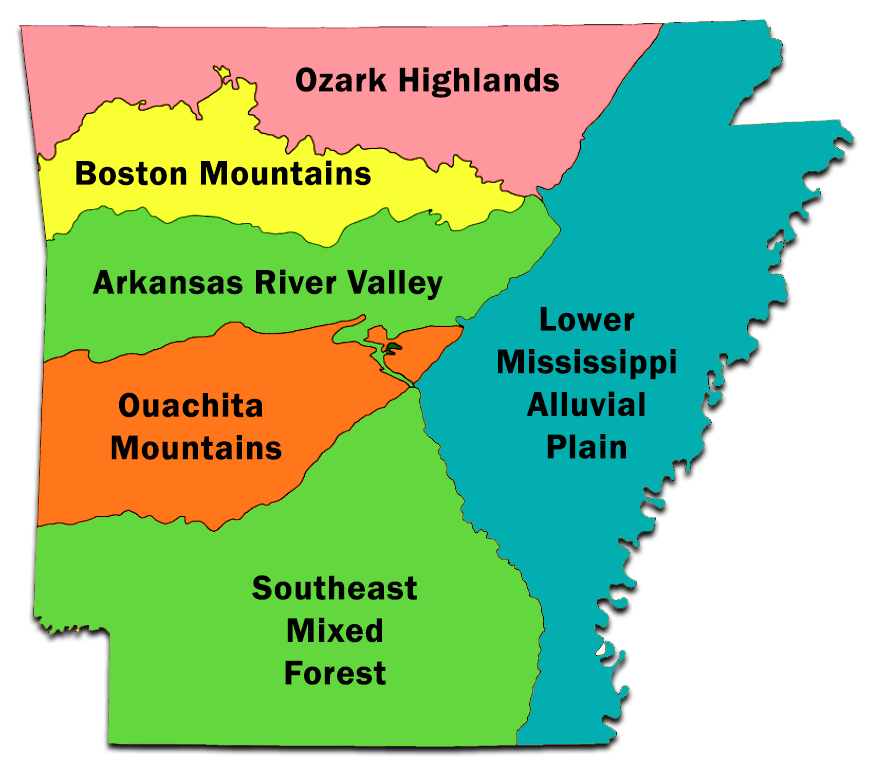
Arkansas has numerous distinct ecoregions, with varying geology and soil conditions, altitudes and micro-climates. All of these factors affect which species of plants and animals naturally occur and thrive. Beekeepers can consult multiple references when considering what plants to add and encourage in their landscape, but should use caution to avoid introducing or spreading invasive plant species that can have significant negative effects on native plants and animals.
The Pollinator Partnership has region-specific planting guides to attract bees and other pollinators. View or download one of the guides below, based on your location.
Native Plants for Pollinators
Native plants are typically adapted to local conditions, and can survive and thrive with little or no input of water or fertilizers. These plants provide resources for both native pollinators species (native bees, hummingbirds and butterflies) and our beloved honey bees.
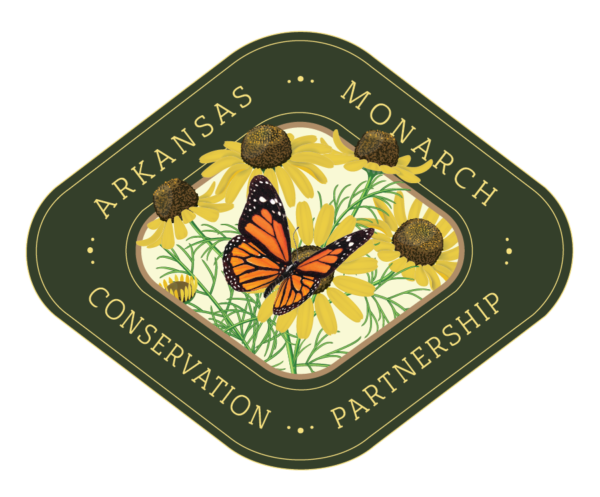
The Arkansas Monarch Conservation Partnership has developed a list of native pollinator-friendly plants for Arkansas. This list can be downloaded to print or be viewed online and sorted to select plants in specific families, or by light conditions, flower color, or pollinator groups they attract.
Wildflowers, trees, shrubs, and grasses are an integral part of the conservation practices that landowners, farmers, and ranchers can integrate into wildlife conservation habitat. The USDA's Natural Resources Conservation Service is available to help landowners select plants and provide recommendations on plants which will enhance pollinator populations throughout the growing season.
The USDA's Farm Bill Biologists are specialized consultants in conservation programs and habitat planning. These biologists can assist landowners in designing, developing, and funding habitat improvements on private lands. They possess the knowledge of federal, state, and local programs to assist landowners in finding the right program to meet their personal habitat and land use goals. WOrking through Pheasants Forever and Quail Forever, and a unique partnership with the government, Farm Bill Biologists are located in local USDA service centers in priority habitat areas throughout the pheasant and quail range. For free consultation services about wildlife habit, find the Farm Bill Biologist closest to you.
The Ladybird Johnson Wildflower Center lists commercially available native plant species suitable for planned landscapes in Arkansas,
with a directory of suppliers who sell native plants and seeds.
A classic resource on "bee botany" is the 1920 edition of 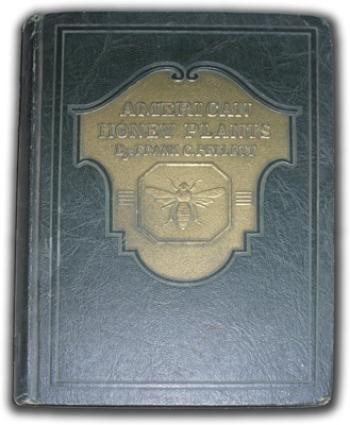 American Honey Plants, by Frank C. Pellett, available for free download.
American Honey Plants, by Frank C. Pellett, available for free download.
